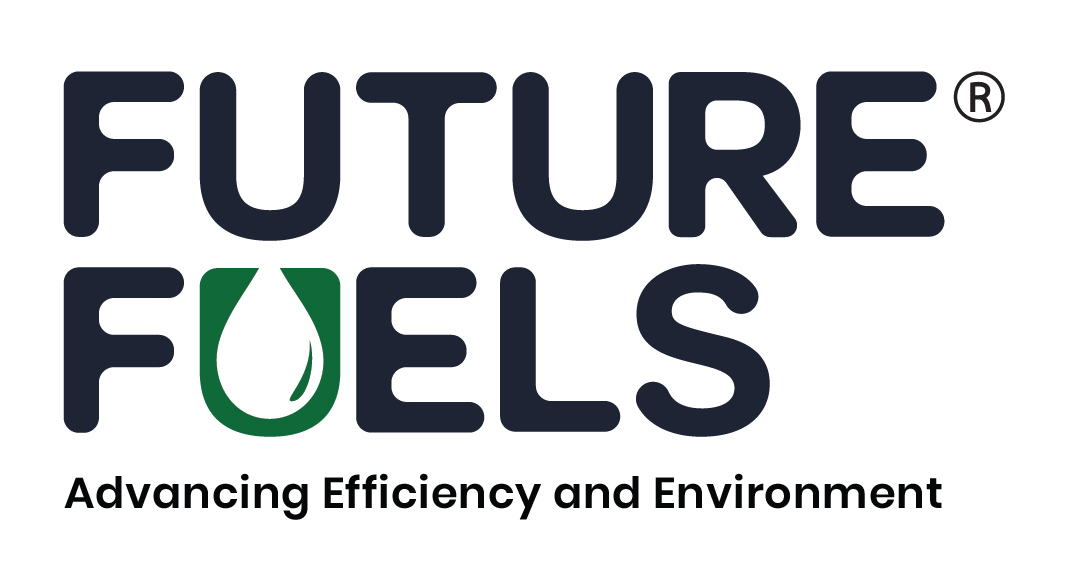India’s national emissions trading system should begin operating within two years and could cover about 15% of the country’s emissions by 2030, according to an official involved in the preparations.
The market is likely to initially cover heavily polluting industries including steel, cement, paper and pulp, petrochemicals and aluminum, subject to their readiness, said Abhay Bakre, director general at the state-run Bureau of Energy Efficiency.
India’s power sector, which currently relies on coal for about 70% of electricity generation, may not be included in the system.
Decarbonization in that sector is being driven by other mechanisms including renewable purchase obligations for power retailers as well as trading of renewable energy certificates.
The compliance market is intended to encourage major industrial polluters to curb their climate footprint and to adopt clean energy technologies, including green hydrogen and carbon capture. India is the world’s third-largest emitter and targeting reaching net zero by 2070.
Emissions trading will build on an existing system run by the bureau, where companies can trade energy savings beyond a prescribed mark.
Discussions with industries are also continuing on the potential need to develop a voluntary carbon market.
Tags: BEE, Carbon Trading System, Power Sector



Recent Posts
Port of Brisbane Unveils Vision 2060 to Drive Smarter, Cleaner, and More Connected Future
Wärtsilä to Deliver Hybrid Propulsion Systems for Vertom Group’s New Low-Emission Vessels
Latvian port receives electric Konecranes Gottwald Mobile Harbor Crane
Sustainable Ocean Economy Vital for Human Development, Says UNDP at UN Ocean Conference
Green Hydrogen Costs in India Could Drop by 40%, Says IEEFA-JMK Report
Cavotec Secures €1.55 Million Shore Power Contract for Port of Antwerp-Bruges
APM Terminals and SANY Marine sign landmark agreement to accelerate decarbonisation
The Port of Gothenburg takes big step towards shore power connection for container and car/RoRo vessels